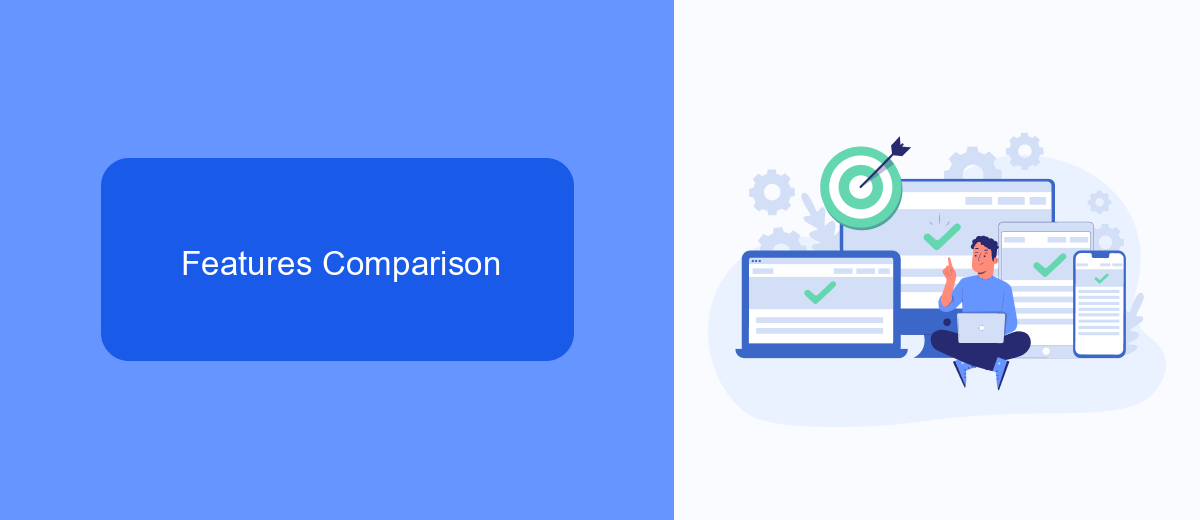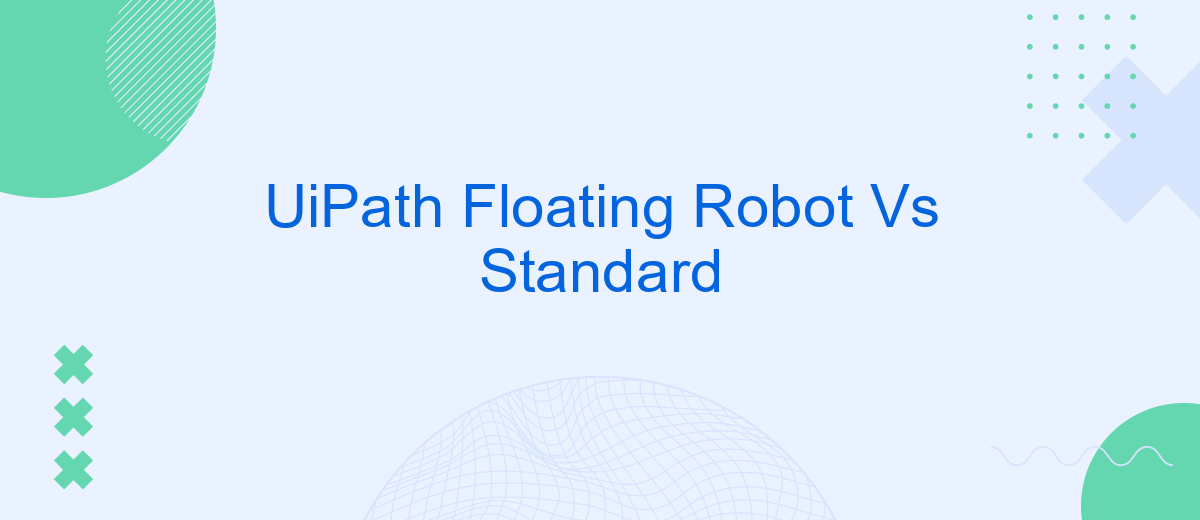In the rapidly evolving world of robotic process automation (RPA), choosing the right type of robot can significantly impact your business efficiency. UiPath offers two primary options: Floating Robots and Standard Robots. This article delves into the key differences between these two types, helping you make an informed decision tailored to your organization's specific needs and operational environment.
Introduction
In the rapidly evolving field of Robotic Process Automation (RPA), UiPath offers various robot types to cater to different business needs. Among these, Floating Robots and Standard Robots stand out for their unique functionalities and deployment methods. Understanding the differences between these two types is crucial for optimizing your automation strategy.
- Floating Robots: These robots are not tied to a specific machine and can operate on any machine within a defined pool.
- Standard Robots: These robots are assigned to a specific machine, making them ideal for tasks that require a consistent environment.
Choosing the right type of robot can significantly impact the efficiency and scalability of your RPA implementation. For businesses looking to integrate various systems seamlessly, tools like SaveMyLeads can be invaluable. SaveMyLeads offers automated workflows that simplify the integration process, allowing you to focus on maximizing the benefits of your UiPath robots.
Features Comparison

When comparing UiPath Floating Robots and Standard Robots, one of the key differences lies in their deployment flexibility. Floating Robots are designed to be more versatile, allowing them to be assigned to any available machine within a defined environment. This makes them ideal for scenarios where there is a need to optimize resource utilization and ensure continuous operation. In contrast, Standard Robots are tied to a specific machine, which can limit their flexibility but ensures a dedicated resource for critical tasks.
Another significant difference is in their licensing and scalability. Floating Robots offer a more cost-effective solution for organizations that need to scale their automation efforts dynamically. They allow for better management of licenses as they can be shared across multiple machines. Standard Robots, however, require a separate license for each machine they are installed on, which can increase costs. For businesses looking to integrate various services seamlessly, tools like SaveMyLeads can be beneficial. SaveMyLeads simplifies the process of connecting different platforms, enhancing the overall efficiency of both Floating and Standard Robots in an automated environment.
Benefits of UiPath Floating Robot

UiPath Floating Robots offer a flexible and efficient solution for managing robotic process automation (RPA) across various environments. Unlike standard robots, floating robots are not tied to a specific machine, allowing them to be dynamically allocated based on demand and availability. This flexibility enhances resource utilization and ensures that automation tasks are executed seamlessly.
- Scalability: Floating robots can be easily scaled up or down based on the workload, making it easier to manage peak times without overcommitting resources.
- Cost Efficiency: By optimizing resource allocation, floating robots reduce the need for dedicated hardware, leading to significant cost savings.
- Increased Uptime: The dynamic allocation of floating robots ensures higher availability and reliability, minimizing downtime and improving overall productivity.
- Enhanced Flexibility: Floating robots can operate across multiple environments and machines, providing greater flexibility for deploying automation tasks.
Integrating UiPath Floating Robots with services like SaveMyLeads can further streamline automation workflows. SaveMyLeads offers a user-friendly platform for setting up integrations with various applications, ensuring that your automation processes are connected and operating smoothly. This combination of floating robots and seamless integrations maximizes the efficiency and effectiveness of your RPA initiatives.
Benefits of UiPath Standard

The UiPath Standard Robot offers a range of benefits that make it an ideal choice for businesses looking to streamline their automation processes. One of the primary advantages is its ability to operate on specific machines, ensuring that tasks are executed consistently and reliably. This makes it particularly useful for organizations with dedicated workstations for automation tasks.
Another significant benefit is the enhanced security features that come with the UiPath Standard Robot. Since it is tied to a particular machine, it minimizes the risk of unauthorized access, thereby safeguarding sensitive data and processes. Additionally, the Standard Robot can be easily integrated with various third-party services, offering a seamless automation experience.
- Consistent and reliable task execution
- Enhanced security features
- Seamless integration with third-party services like SaveMyLeads
- Dedicated workstation for automation tasks
Furthermore, the UiPath Standard Robot is designed to be highly scalable, allowing businesses to expand their automation capabilities as needed. This scalability ensures that companies can grow their automation efforts without facing significant technical challenges or additional costs. Overall, the UiPath Standard Robot provides a robust and secure solution for businesses aiming to optimize their automation processes.
Conclusion
In conclusion, choosing between UiPath Floating Robots and Standard Robots depends largely on your organization's specific needs and infrastructure. Floating Robots offer greater flexibility and scalability, allowing for dynamic allocation of resources and better utilization of licenses. This is particularly beneficial for enterprises with fluctuating workloads and the need for rapid scaling.
On the other hand, Standard Robots provide a more static and predictable environment, which can be easier to manage and maintain for smaller teams or organizations with steady, consistent processes. Additionally, integrating these robots with services like SaveMyLeads can further enhance their efficiency by automating lead management and other repetitive tasks, ensuring seamless workflow automation. Ultimately, the decision should be based on a careful assessment of your operational requirements and long-term goals.
FAQ
What is the main difference between a UiPath Floating Robot and a Standard Robot?
Can I switch a Standard Robot to a Floating Robot in UiPath?
When should I use a Floating Robot instead of a Standard Robot?
Are there any additional costs associated with using Floating Robots over Standard Robots?
How can I integrate UiPath with other business applications for automation purposes?
Use the SaveMyLeads service to improve the speed and quality of your Facebook lead processing. You do not need to regularly check the advertising account and download the CSV file. Get leads quickly and in a convenient format. Using the SML online connector, you can set up automatic transfer of leads from Facebook to various services: CRM systems, instant messengers, task managers, email services, etc. Automate the data transfer process, save time and improve customer service.
